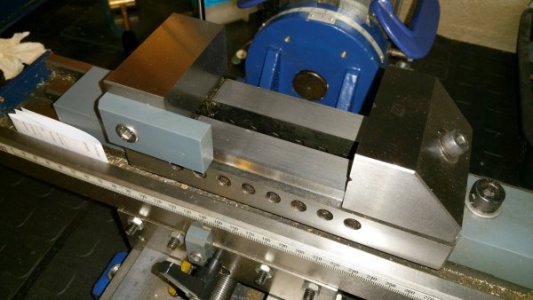- Joined
- Dec 19, 2018
- Messages
- 176
I have not used either of these two types and am wondering whether the toolmaker's vise exerts enough force to hold work for anything but very light milling. The anglelocks exert tons of force from what I read; could one allen bolt hope to compete with this? I'm considering vises, and am looking for something low profile.


